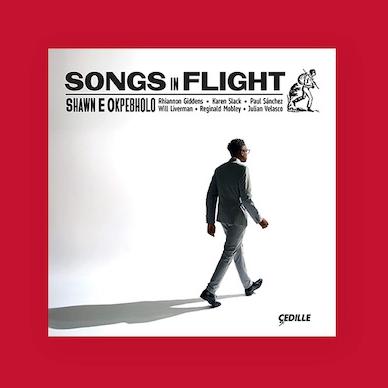Kevin Bloomfield, a Ph.D. candidate in history, and colleagues recently published Beyond One-Way Determinism: San Frediano's Miracle and Climate Change in Central and Southern Italy in Late Antiquity in Climactic Change. The research examines the cultural impacts of climate change in Italy during the first millennium by studying scientific data and historical records.
"This article stands at the intersection of climatology and history," Bloomfield said. To obtain data about past climates, researchers examined a stalagmite from Renella Cave in northern Tuscany, concluding that the 6th century in the north and central Italy was distinguished from others by excessive moisture. With information from The Cults of Saints in Antiquity Database, researchers compared writings from this time period in Italy against the entirety of late antiquity and early medieval texts.
Co-author Giovanni Zanchetta, University of Pisa, commented that "geochemists, geologists, and climate specialists proved a climactic change that written sources only hinted at. In the sixth century, at least part of Italy really did become a land of torrential rains and floods."
"In addition to climate change, late Roman Italy also experienced numerous 'barbarian' invasions – but these difficult experiences did not lead the society of the time to collapse," Bloomfield said. "On the contrary, it seems that climatic change actually contributed to strengthening its internal cohesion during a dramatic historical moment."






